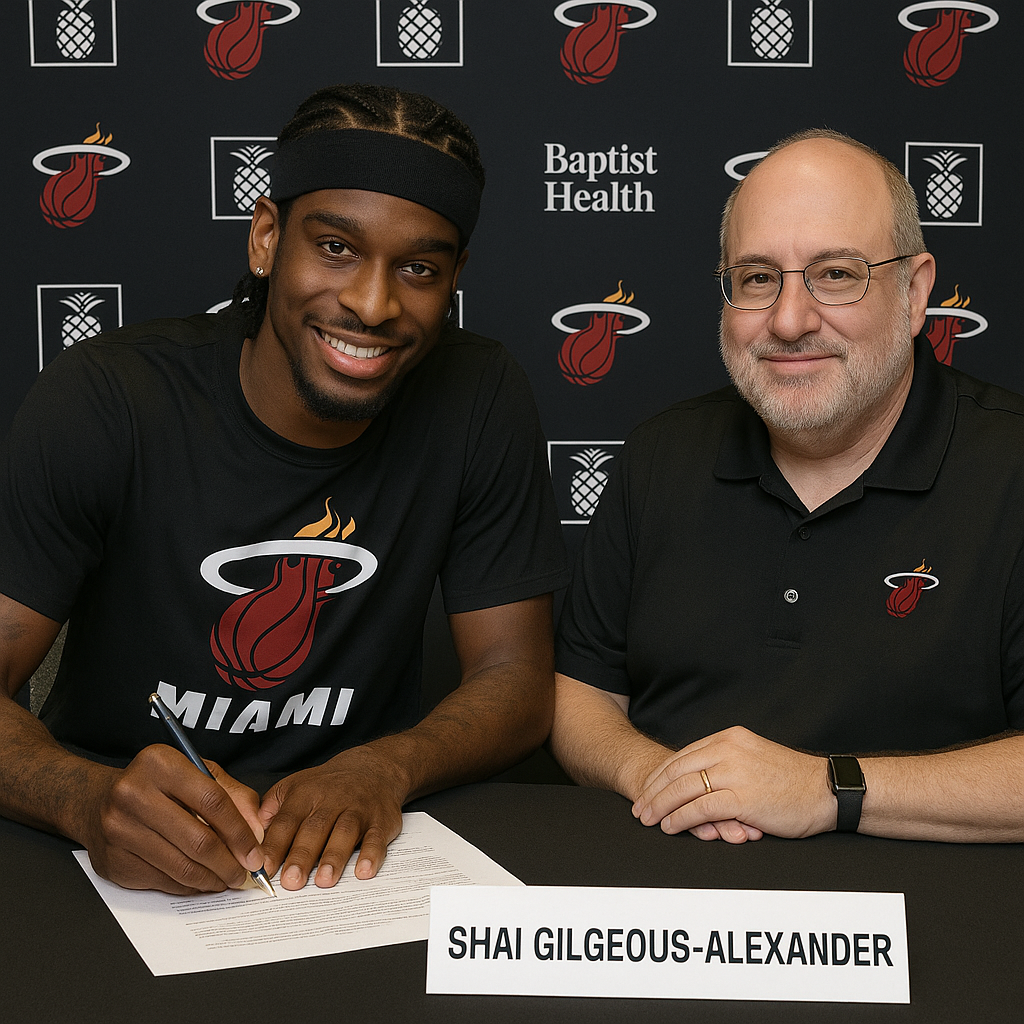Global Basketball Recruitment Wave: Elite Teams and Colleges Target Top Prospects Worldwide Introduction: A Truly Global Talent Hunt Global Basketball…
Read More

Global Basketball Recruitment Wave: Elite Teams and Colleges Target Top Prospects Worldwide Introduction: A Truly Global Talent Hunt Global Basketball…
Read More
A seismic shift within the NBA landscape, superstar guard Shai Gilgeous-Alexander has officially signed a blockbuster four-year, $309 million contract…
Read More